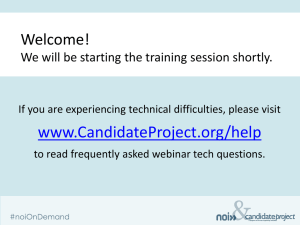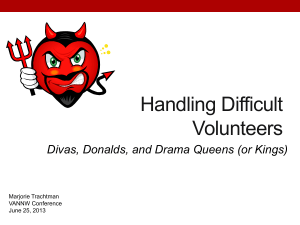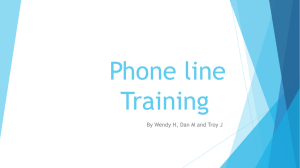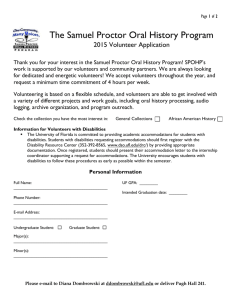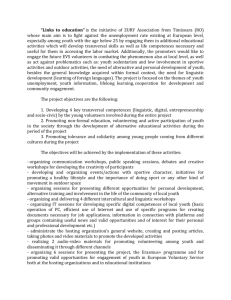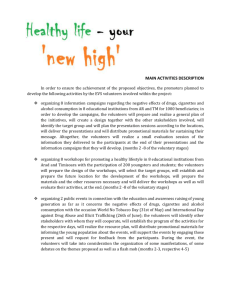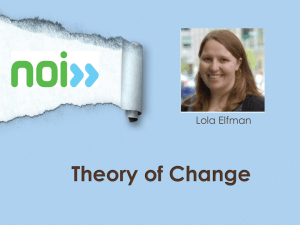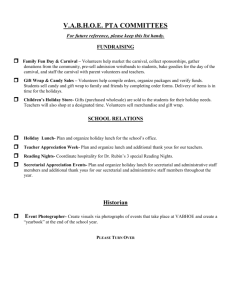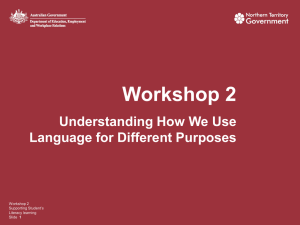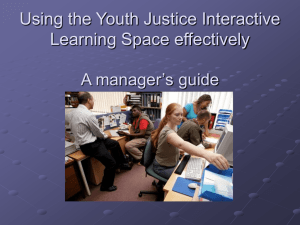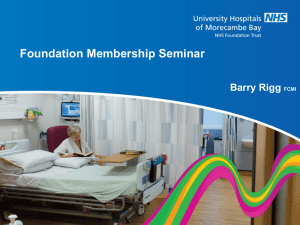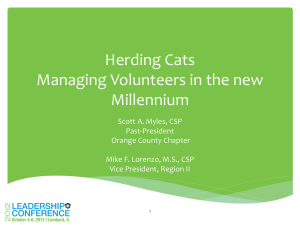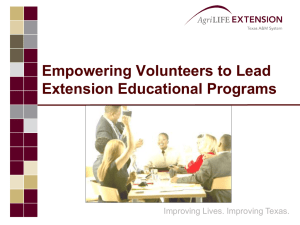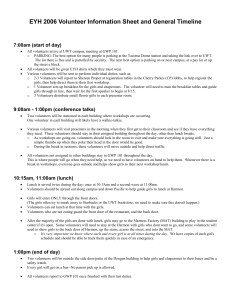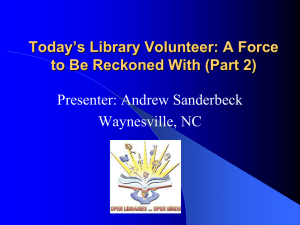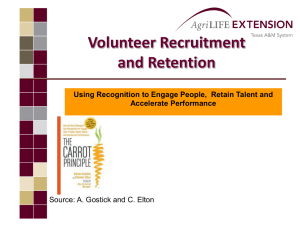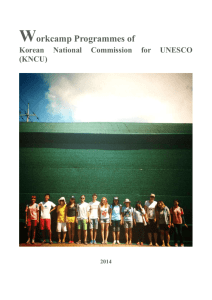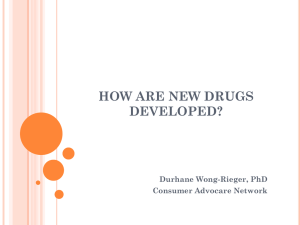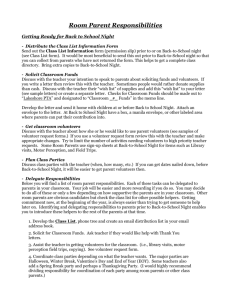Obama Senior Staff Training
advertisement
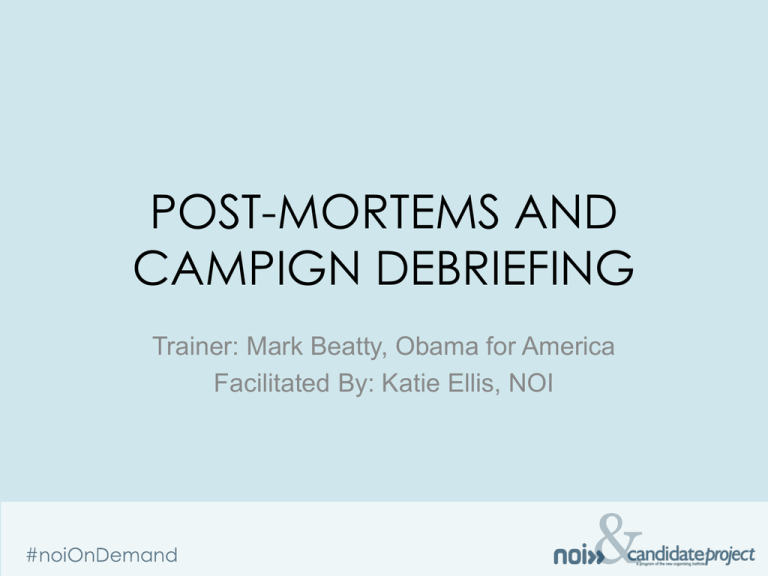
POST-MORTEMS AND CAMPIGN DEBRIEFING Trainer: Mark Beatty, Obama for America Facilitated By: Katie Ellis, NOI INTRODUCTIONS NOI On Demand Norms Who’s on? FOLLOWING THE LAW ELECTIONS.NEWORGANIZING.COM FOLLOWING THE LAW WWW.AFJ.ORG Presenter: Mark Beatty Deputy Battleground States Director Obama for America Our Post-Election goals in 2008 Task Force had three goals in 2008 1 2 3 Gather Feedback • Qualitative feedback from organization • Evaluate what worked and what didn’t • Learn best practices Data Analysis • Quantitative analysis on key programs • Collect and enter GOTV data • Evaluate topline trends + do deeper analysis Plan for Future • Determine next steps for your organization • Lasting benefit to the community 1. Gathering feedback – process in 2008 Task Force gathered feedback from entire organization: Feedback Surveys / Calls Legacy Conference • • • • Solicited feedback from all levels of organization Thousands of volunteer surveys 1K+ staff on 200 calls 1:1 conversations with key stakeholders • Participants included staff and volunteers • Gathered feedback from 40 small group breakouts Key Takeaway: Communicate with staff and supporters via multiple channels to gather thoughts and insights 1. Gathering feedback – what we learned in 2008 Local offices drove action • “Local office” listed as the most important resource Training builds autonomy FO Survey: “What could vols do autonomously?” • Majority of vols lived less than 10 mi. from local office Vol. Survey: How Close Was Your Local Office? < 10 mi. 10-20 mi. 20+ mi. Run a Run a Phone Bank Canvass Run a Staging Location 1. Gathering feedback – what we learned in 2008 Neighborhood Teams were effective Survey: “I had meaningful relationship with FO” Volunteers Team Members Team Leaders Survey: “I volunteered 5+ hours per week” Volunteers Team Members Team Leaders 2. Data analysis – process in 2008 Task Force analyzed data from entire organization: Data Analysis Next Steps • Analyzed campaign data to support conclusions • Includes organization, voter contact, Early Vote, etc. • More analysis needed once data became available • Some data will not be available immediately • More analysis needed once data became available Key Takeaway: Analyze all the data you have available, and make a plan for analyzing data that comes in later 2. Data analysis – what we learned in 2008 1. Field program can drive winning campaign strategy: • Investment in Organizers and offices in local communities • Unprecedented Registration, Persuasion, EV, and GOTV #s 2. Relationship between organizer and volunteer drives commitment and volunteers empowered in teams are more productive 3. Neighbor to neighbor conversations are effective at persuasion 4. New Media is the net of successful organization 5. Proactive data management, targeting, and goal-setting used to optimize voter contact resources 6. Large, accessible organization requires strong training program 3. Plan for future – process in 2008 Task Force conducted an open, transparent process: House Parties • Engaged local communities across the nation • Covered all 50 states, plus Guam and Puerto Rico Key Takeaway: Work with supporters to develop an action plan to continue strengthening the community 3. Plan for future – what we learned in 2008 Volunteers wanted to continue volunteering in their local communities for “OFA 2.0” Volunteers were interested in organizing around key issues Volunteers wanted to continue organizing in teams This idea became Organizing for America QUESTIONS? Evaluation HOW CAN I SUPPORT NOI ON DEMAND? Interdependent Leadersh (aka the Snowflake Model) https://act.neworganizing.com/donate/ NOD_Donate_08-2012/ WWW.NEWORGANIZING.COM/TOOLBOX

